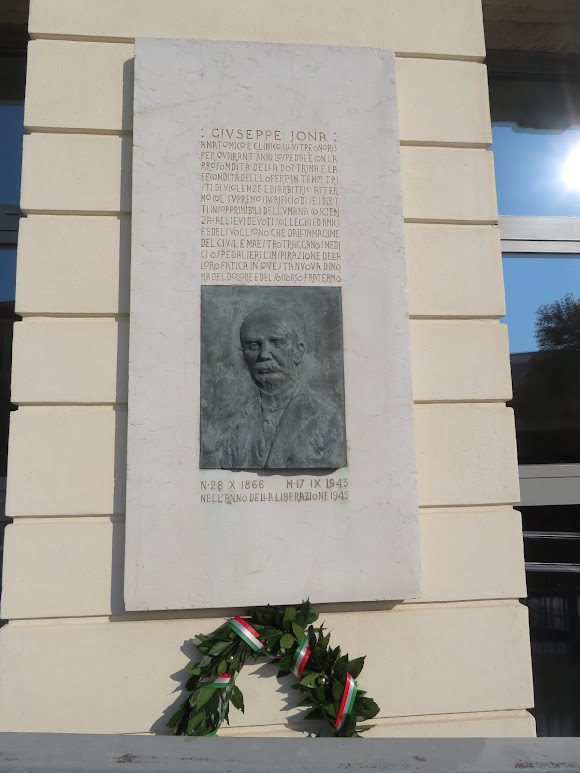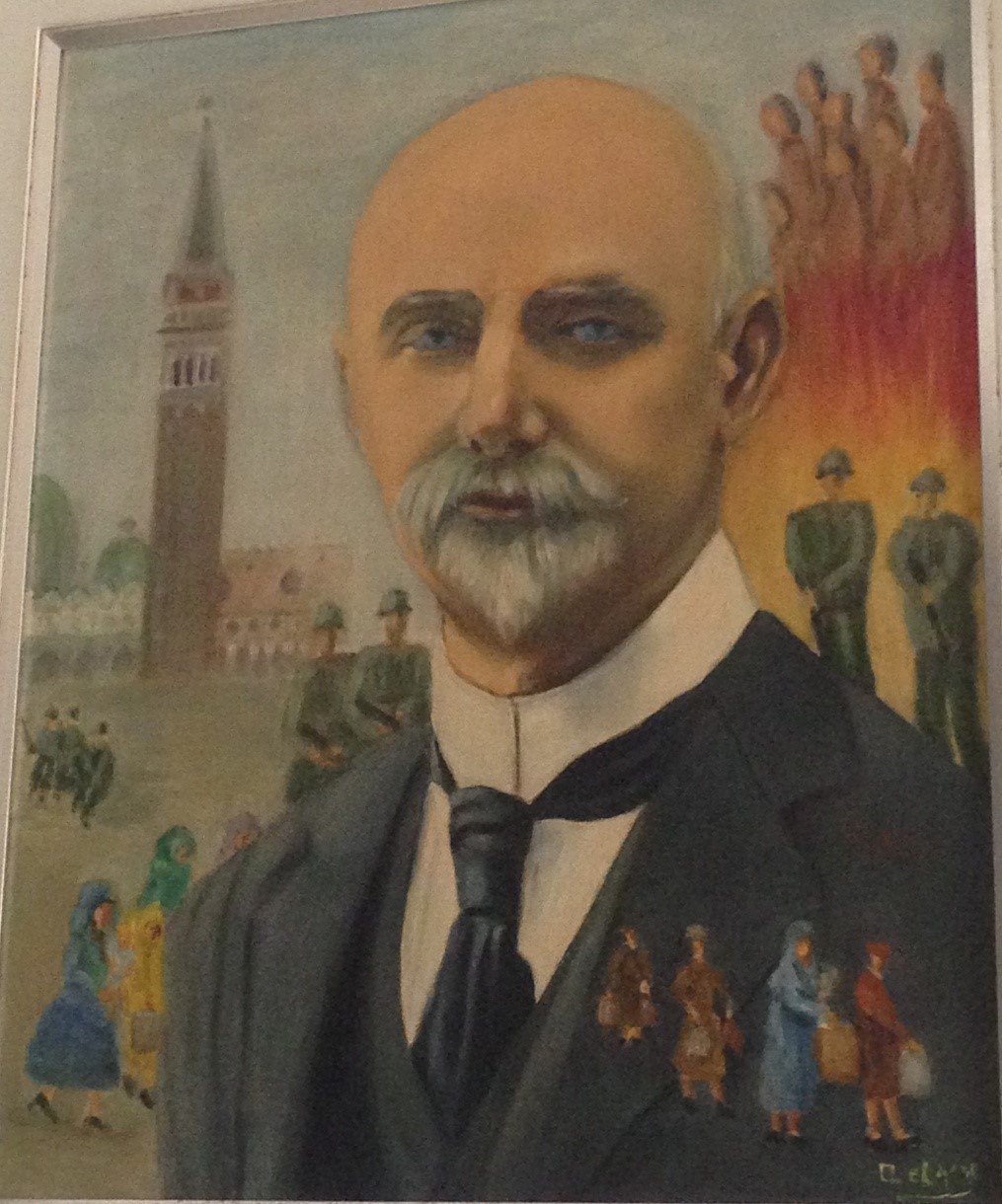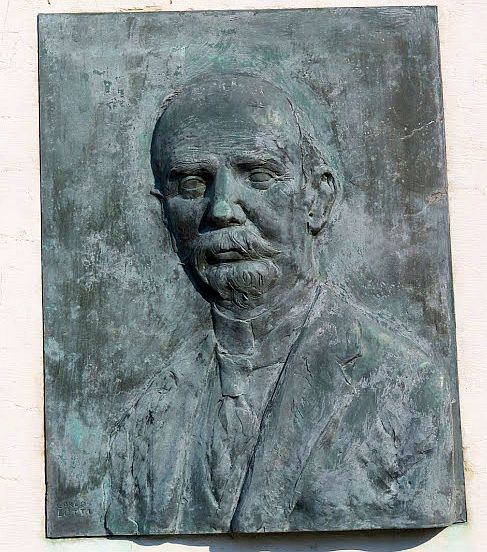
January 27 is International Holocaust Remembrance Day. Unfortunately today is also the beginning of Carnival, which makes anybody who cares even a little bit about one or the other — or worse, both — feel a tad awkward.
But I’m proceeding with Remembrance Day because it is an especially appropriate moment to remember doctor and professor Giuseppe Jona, once known as the “doctor of the poor” for his charitable care of indigent Venetians of every, or no, creed.
He didn’t limit his attention only to sickbeds. Among many other things, he was also the president of the Jewish community, and on September 15, 1943 he cared for his endangered people by making the ultimate sacrifice. In a sense he was killed by the Nazi occupiers of Venice, but he got one step ahead of them.
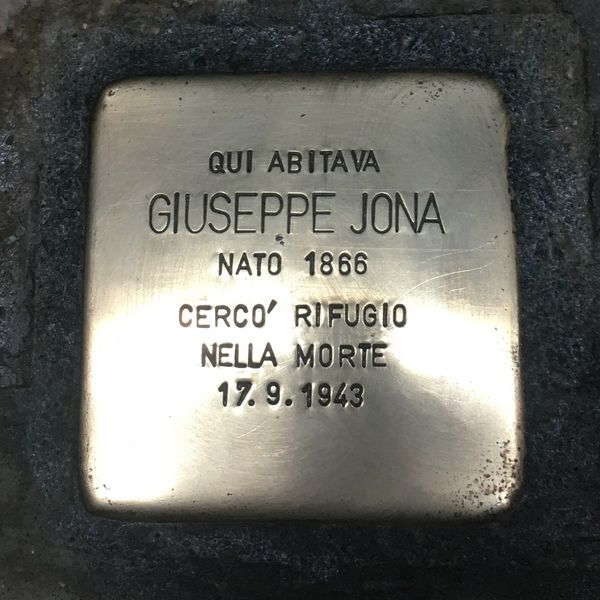
No need for me to be melodramatic. The facts are enough to delineate a person whom it’s unlikely anyone reading this could imagine emulating, but who must never be forgotten.
Giuseppe Jona (pronounced YOH-na) was born in Venice in 1866, the fourth of five children of a middle-class Jewish family, his father a doctor. He graduated from the University of Padova in Medicine, and served as professor of Anatomy at Padova as well as working at Venice’s hospital. Over the course of 40 years he became head of the department of Pathology (1905 – 1912), and Medicine (1912-1936).
Unmarried, he “lived for his brothers and nieces/nephews,” says one article about him, “for his students and colleagues, for social projects and scientific research.” Above all, he was dedicated to developing young doctors at the hospital’s “Practical School of Medicine and Surgery,” founded in 1863 to enable department heads to prepare young doctors by taking them on rounds in the wards. He also introduced a methodic approach to performing autopsies, and served as an auxiliary doctor in military hospitals during World War I.
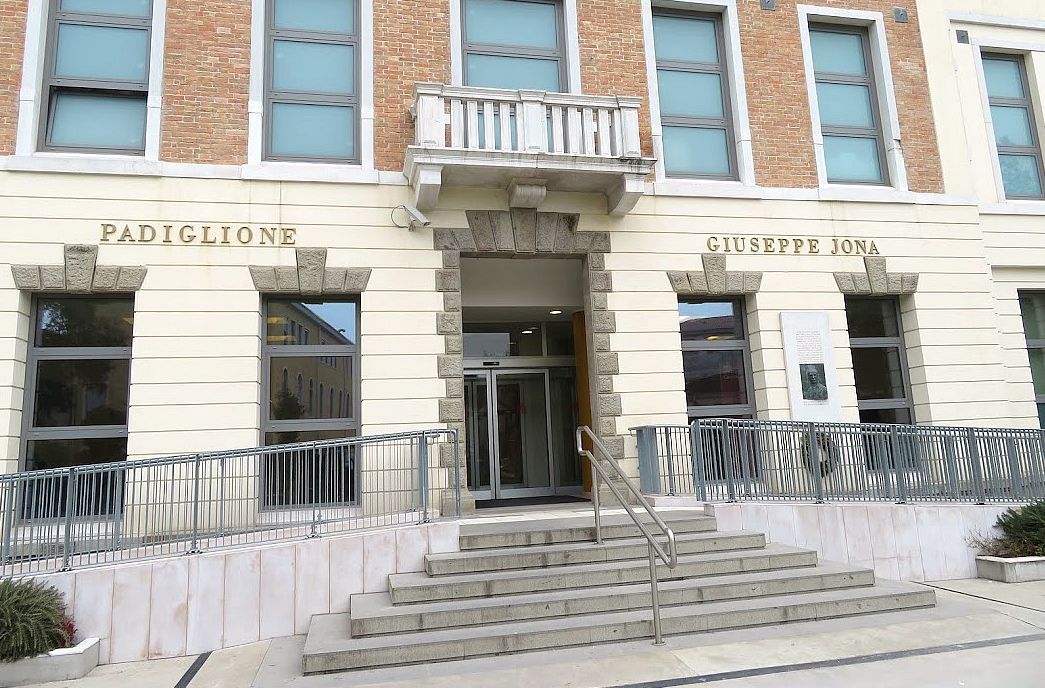
His world stretched far beyond medicine, though. He became a member of the Istituto Veneto di Scienze Lettere ed Arti, and was president of the Ateneo Veneto (the supreme intellectual group in Venice, I’m going to say) from 1921 to 1924. He founded a circulating library. He founded a museum of anatomy at the city hospital. I’m leaving out enormous masses of information but the point is that he was known and esteemed by Venetians in many different fields and levels.
Now we get to the heart of the man. Along with his sister, he always sought out the neediest patients in several hospitals, convinced that it was a human obligation to try to mitigate social inequality regardless of religion or belief. He then opened a medical studio where he treated the poorest patients free of charge. He came to be commonly referred to as “the doctor of the poor.”
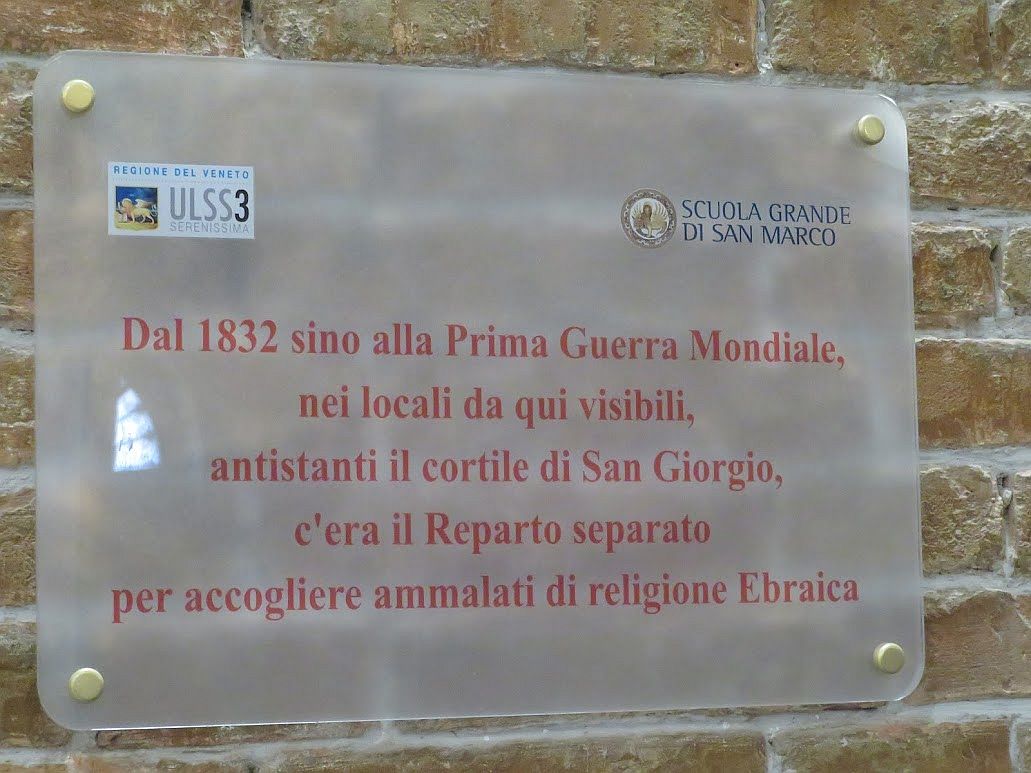
He resigned his position at the hospital in 1936, probably intuiting that what became the “racial laws” in 1938 were already on the horizon, edicts that would have required his expulsion from the hospital, followed by expulsion from the scientific and cultural institutions to which he belonged. In 1940, along with every other Jewish physician, his name was removed from the official register of doctors, thus being forbidden to care for any patients whatever. (He continued to visit them at night, wrapped in a vast cloak and hat.)
At that moment, the rabbi and council of the Jewish congregation, perfectly aware that Jona had never attended the synagogue and wasn’t known even to be a believer, elected him as president of the Jewish community. With his sensitivity to ethics and as a sign of respect to his parents, he accepted.
Of course matters became steadily worse. Friends and colleagues urged him to leave Venice and flee to hiding in the countryside; he refused.
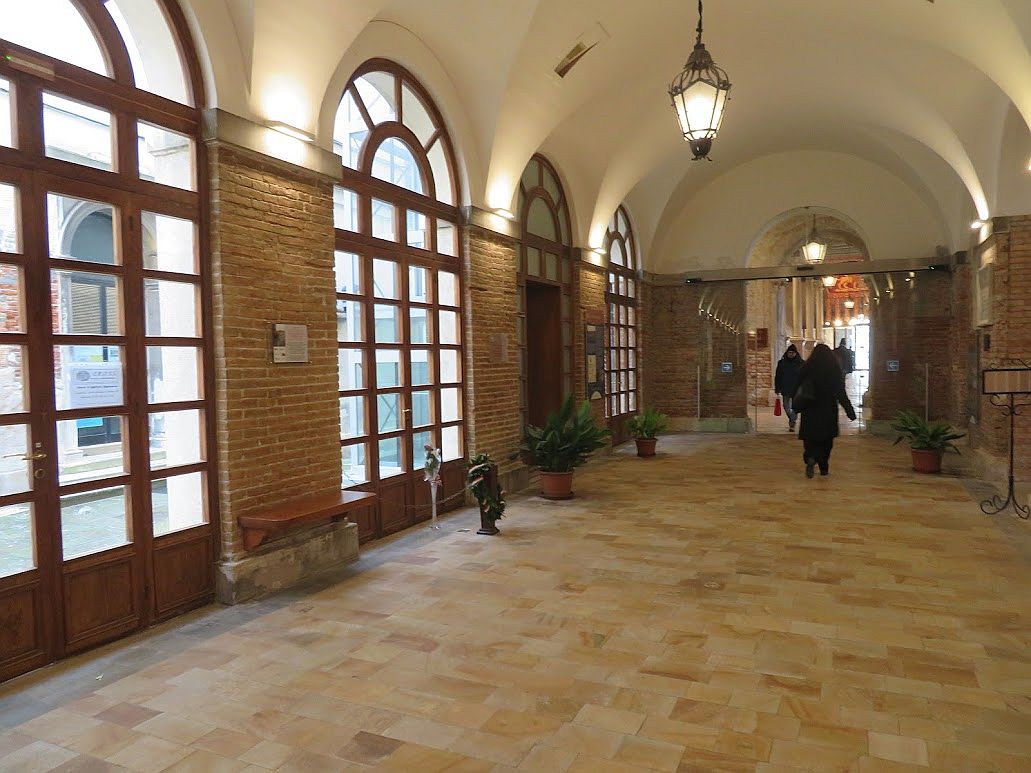
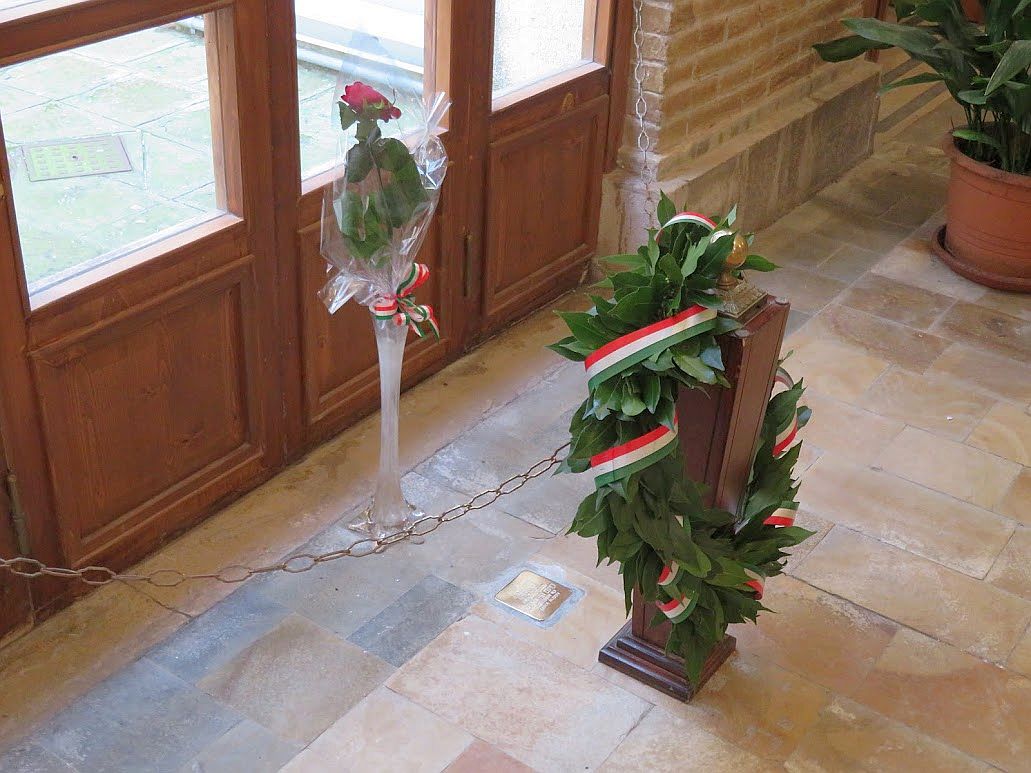
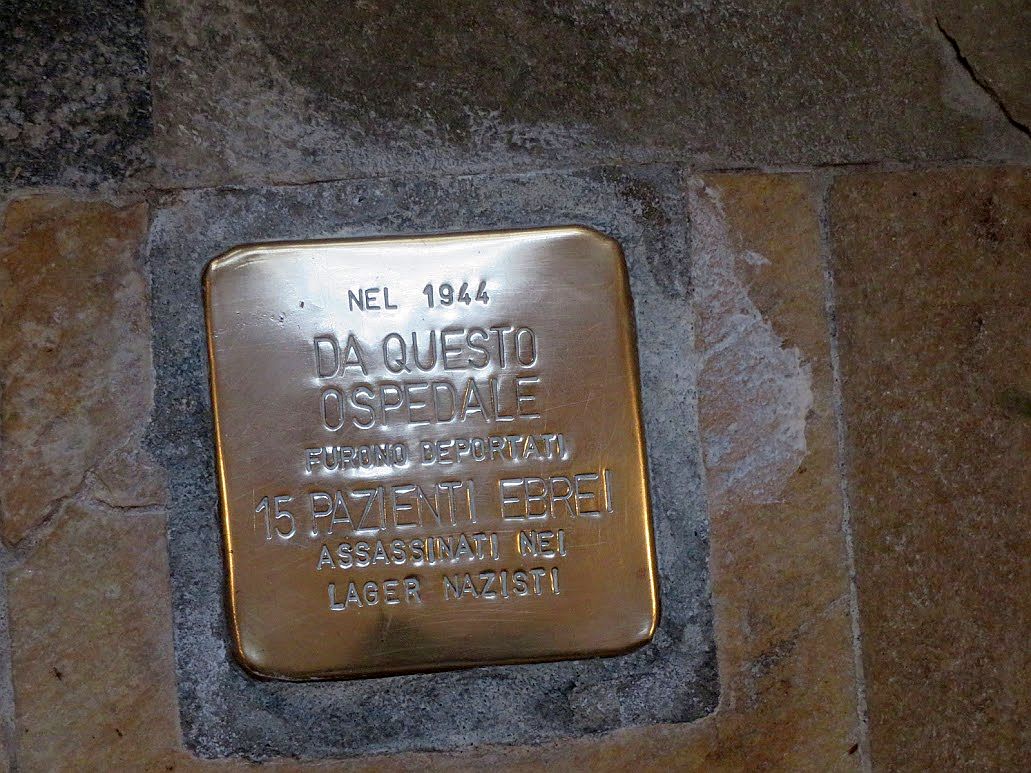
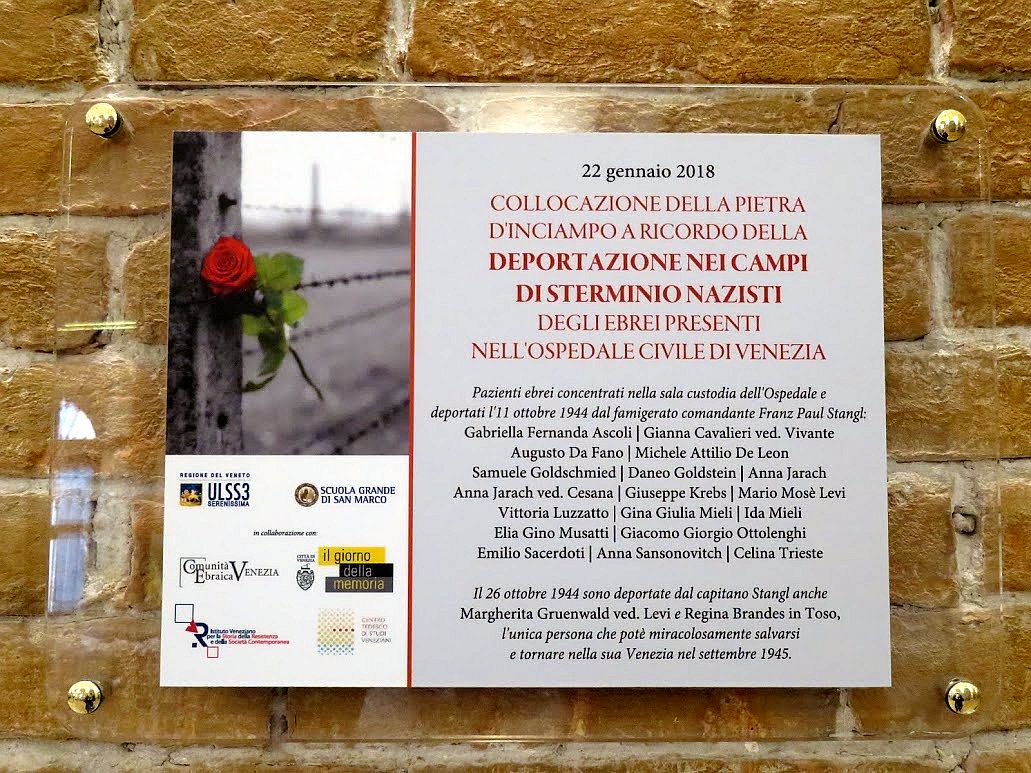
In the autumn of 1943 the Nazi occupiers, under orders from Captain Franz Stangl (already commandant of the Treblinka extermination camp), ordered Jona to submit the names and addresses of the 1,350 Jews in Venice. Their fate was essentially sealed.
Giuseppe Jona had already written his will, in his tiny, precise handwriting, leaving his 1,684 books to the city hospital, and his money and belongings to an extraordinary assortment of groups and organizations serving the poor and needy. He also made a bequest to the family’s elderly servants, who could never have found other income.
It was the night of September 15, 1943. Certain that he would not be able to withstand the torture that would follow his refusal to provide the list, he destroyed every document that could identify members of the community. And then he gave himself a fatal overdose of morphine. His body was found on the 16th, and the death registered on September 17. The entire city was in an uproar; the startled Germans forbade a funeral cortege and basically waited for it all to blow over.
And the 1,350 Jews on the list? In some manner he had enabled 1,100 of them to escape.
